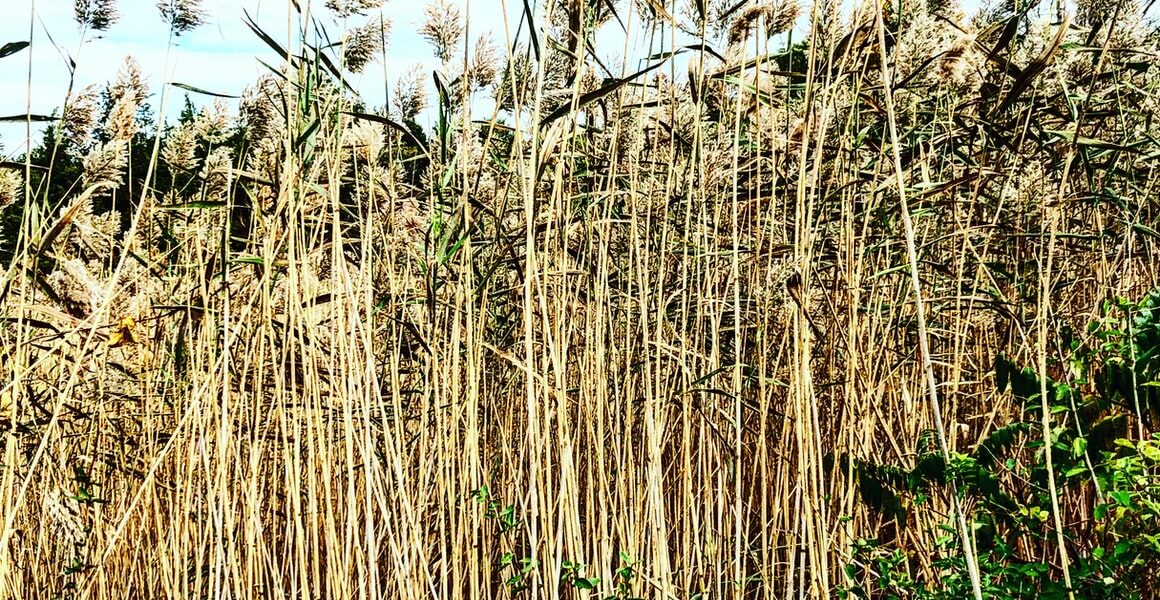
Invasive species are non-native organisms that cause harm to the environment, economy, or human health with damages costing the United States approximately $120 billion every year (Simberloff, 2013). Invasive plants alter the native ecosystem and disrupt biodiversity in forests, meadows, and wetlands. These species have unfair advantages over native plants, especially in human-disturbed habitats. They reproduce aggressively in multiple ways, and at a much faster pace than our indigenous plants.
The problem is invasive non-native Phragmites australis quickly spread through marshes and wetland areas. They replace native plants, deny fish and wildlife nutrients and space; block access to the water for swimming, fishing and other recreation endeavors; spoil shoreline views; and pose a fire hazard.


